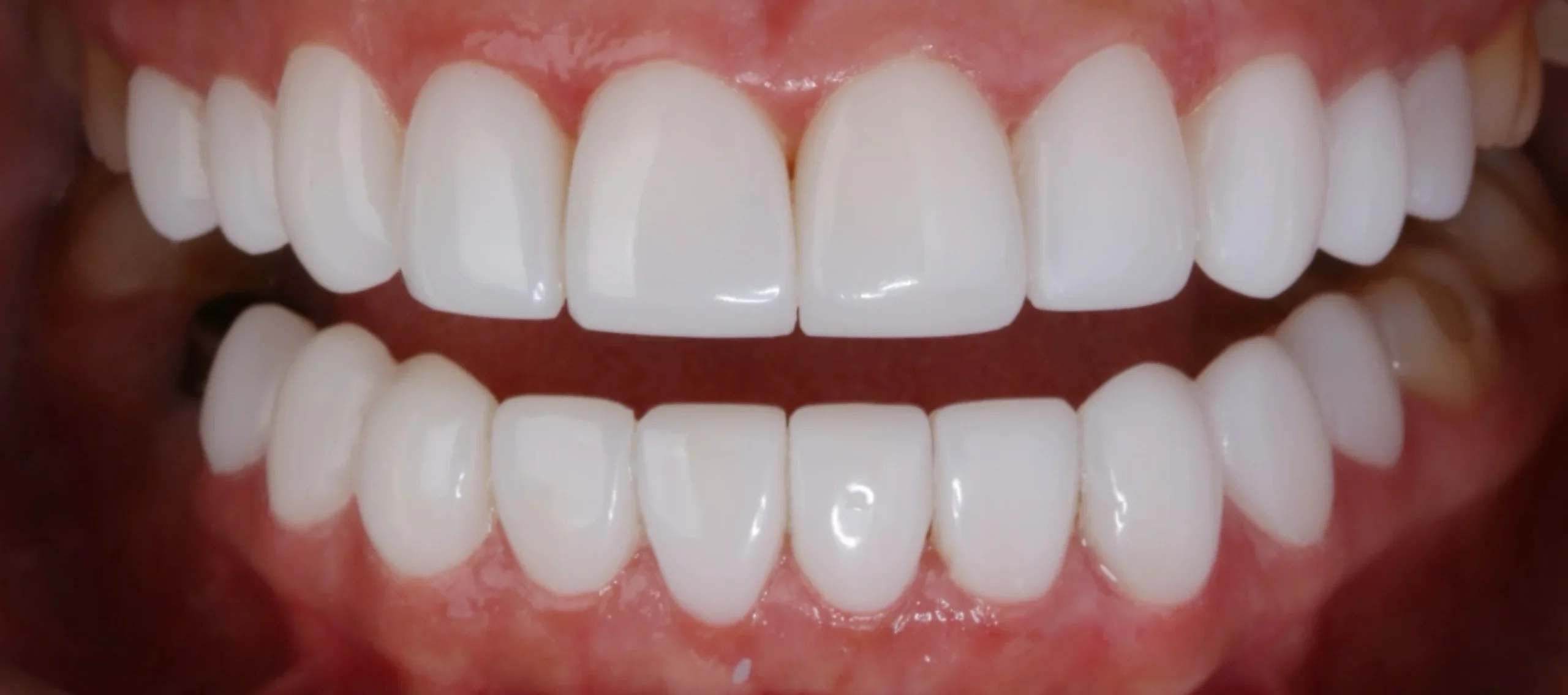In dentistry, anesthesia is one of the most commonly used products, since your doctor usually works in a very sensitive area, given the large number of nerve endings it has. Thanks to anesthesia, it is possible to execute the relevant strategies in the dental treatment you are undergoing, making the process much more tolerable.
There are several types of dental anesthesia and your dentist will choose the most appropriate one depending on the particular treatment and how long the effect of the anesthesia may last.
Are you planning to go to the dentist, but have questions about anesthesia? For your peace of mind, in this section we explain everything about dental anesthesia, what effects it has and how it can help you during any intervention.
How does dental anesthesia work?
Generally made with compounds such as lidocaine, these are substances capable of inhibiting the conduction of nerve impulses from some part of the body to the brain.
In this way, anesthesia allows manipulation of any organ or area to be treated, but in a way that is completely painless for the patient.
Keep in mind that both teeth and other organs located in the oral area are full of very sensitive nerves. It is precisely for this reason that there are currently different types of dental anesthesia, generally oriented to the rehabilitation treatment that you wish to perform.
Generally, different sedative substances such as articaine, bupivacaine, lidocaine, mepivacaine and prilocaine are used, which are applied or injected directly into the area to be treated.
What types of dental anesthesia are there?
At Oral Studio, dental clinic in Medellin, depending on the process to be carried out and even depending on the needs of the patient, the following types of dental anesthesia can be used:
1. Anesthetic creams
Functioning as the least invasive type of anesthesia, sedative ointments function as a frequently used complement during simple treatments. They have the ability to numb the area where they are applied for a few minutes.
However, it is important to note that in most cases these creams tend to have a limited effect. Therefore, it is conventional to use them before injectable anesthesia if the patient is nervous about the needle.
2. Local dental anesthesia
Being the most widely used dental sedation technique in dentistry, this type of anesthesia stands out thanks to its rapid effect and safe use. It is generally applied through injections with small needles, either at the base of the tooth, gum or another part of the mouth.
This anesthesia is effective in almost all treatments, and is used for tooth extractions, outpatient surgeries, or frenectomies. In addition, it does not usually produce side effects.
3. Dental anesthesia with nitrous oxide mask
Are you afraid of needles? Don't worry, a good option to make your visits to the dentist more bearable is mask anesthesia. This allows the sensations in the oral cavity to be inhibited, while the patient is conscious during the treatment.
It can be used for deep cleanings that may cause discomfort to the person, but in most cases it is used for periodontal treatments..
Recommended article: Resin on teeth: how does it work?
4. Controlled dental anesthesia
For specific and individual use, this sedation is usually implemented during prolonged or invasive treatments. Conventionally, it is applied using small needles under pressure, which supply a specific amount of anesthesia while the dentist is manipulating the area.
In itself, this type of anesthesia has the effect of a local sedative, but it is implemented through technologies that make its constant application possible.
When is general sedation used?
Sedation using general anesthesia, in dentistry, is usually a resource that is only applied when absolutely necessary.
Even so, its use is currently essential when it comes to a oral rehabilitation, as it allows the patient to receive the process in a painless manner.
Experts in dental anesthesia!
Now that you know the types of dental anesthesia, it is important to keep in mind that, as with any other branch of medicine, using any sedation is a delicate process.
Therefore, if you are planning to undergo any dental treatment and want to undergo it with the help of anesthesia, consulting with professionals will be vital.
In our dental clinic We offer doctors who are experts in sedation dentistry and performing long-term treatments such as oral rehabilitation,Contact us now a dental check-up!




